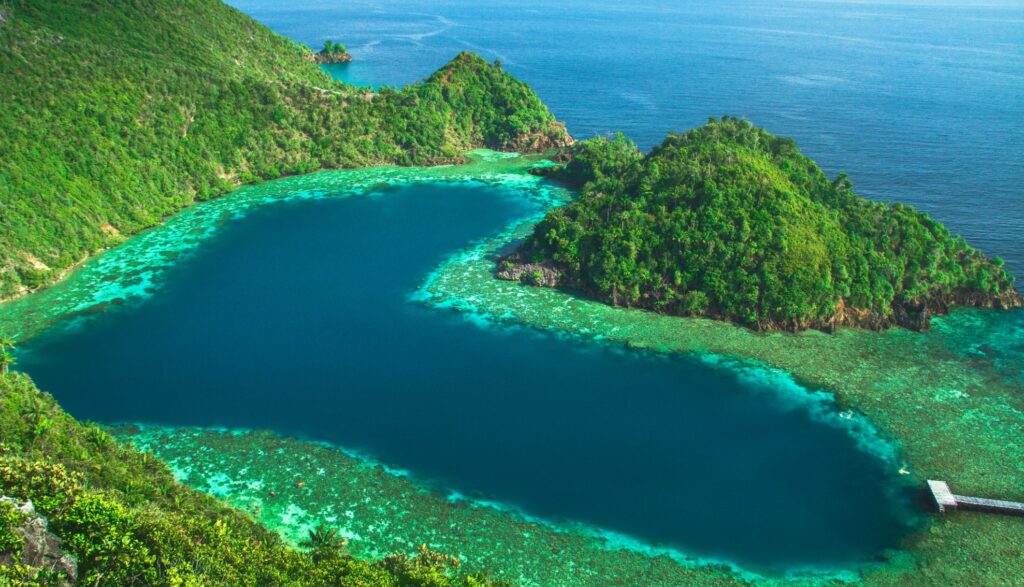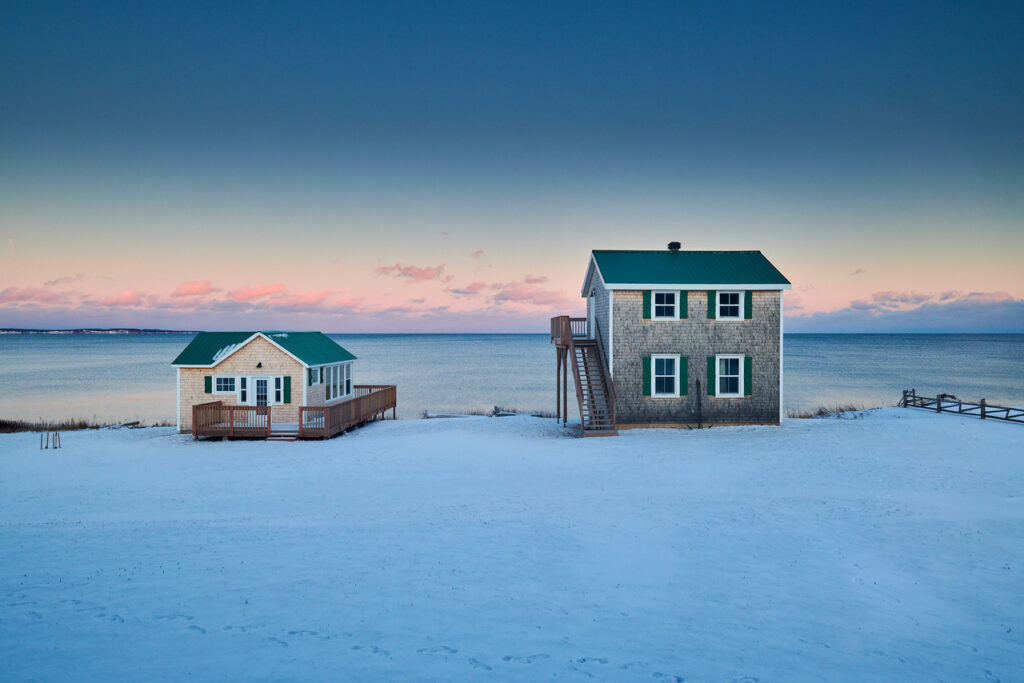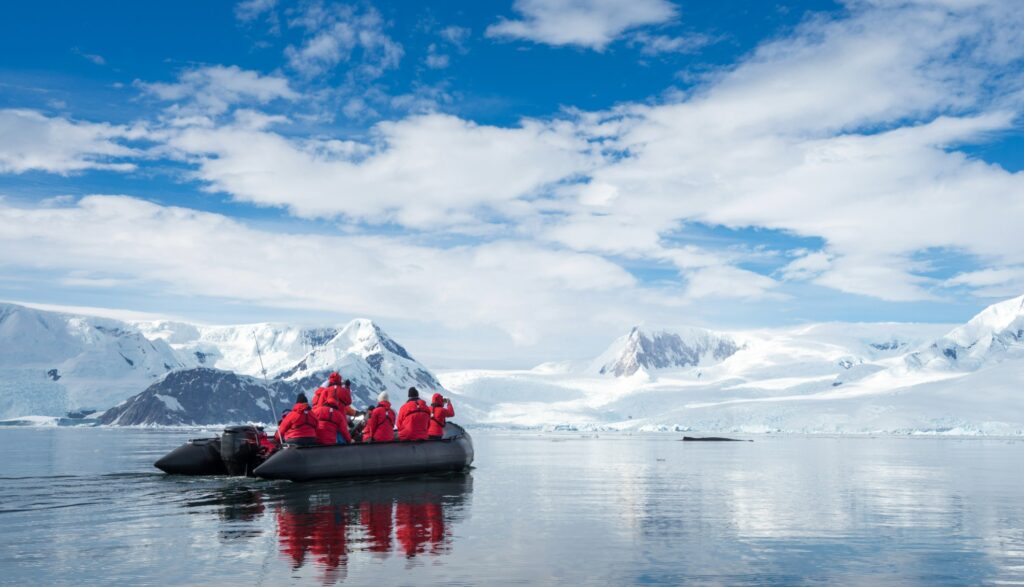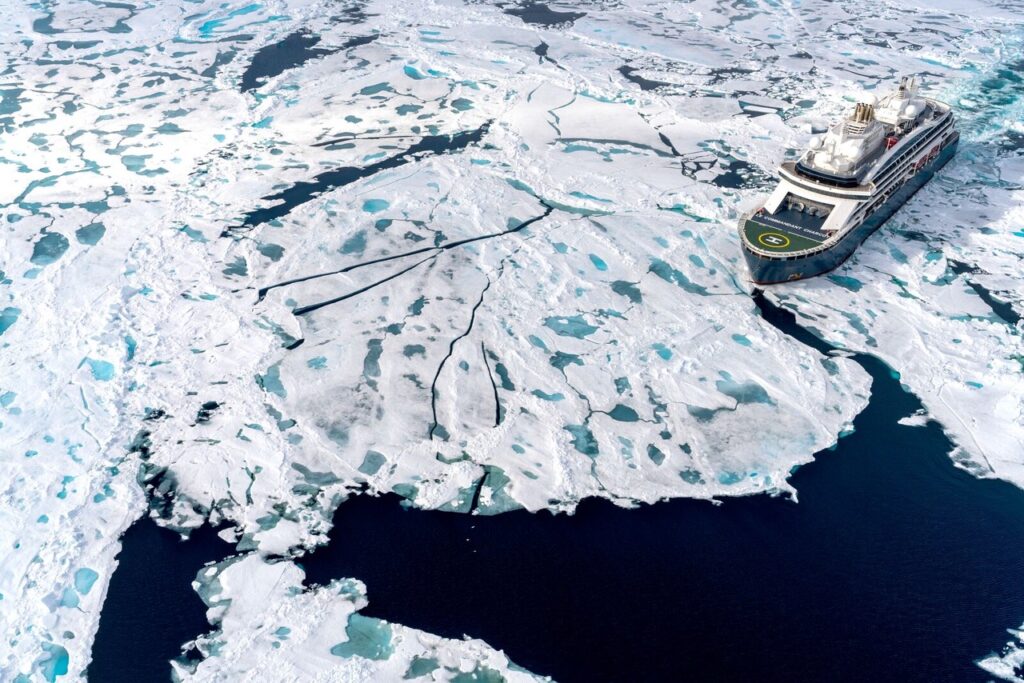In luxury travel, the new status symbol isn’t a chandeliered suite, it’s a permit, a landing slot, a doorway into places most travellers will never set foot. As Ponant Australasia CEO Deb Corbett puts it, “Access is the new luxury,” and framing the stakes in a sector where scarcity and stewardship now define true exclusivity.

Nowhere is this shift more visible than in our own backyard. Australasia and Southeast Asia sit at the heart of the expedition evolution, with archipelagos and protected waters that reward those who sail small and tread lightly. As Corbett puts it, luxury guests increasingly want “meaningful journeys that get them deeper into the destination than ever before,” a brief tailor-made for nimble expedition ships rather than floating resorts.

The numbers tell the story. Consider New Zealand’s Subantarctic: Enderby and Campbell Islands strictly limit landings to around 1,100 people per year. Australia’s Macquarie Island grants access to roughly 1,800 visitors annually. These are not mere statistics, they are the guardrails that protect fragile ecosystems and, paradoxically, the very features that elevate a voyage from memorable to once-in-a-lifetime. That carefully rationed “privileged access,” Corbett notes, is exactly what discerning clients are seeking.

Head north and the theme repeats across island-rich frontiers, from the labyrinth of Raja Ampat’s 1,500-plus isles to the Philippines’ 7,000-strong tapestry where itinerary craft and conservation handshake in every mile. This is where expedition brands win – by building routes that favour intimacy over scale, natural theatre over generic entertainment, and a scientist’s curiosity over a show schedule.
“We’re not scaling up, we’re going deeper, deeper than ever before,” Corbett said. It’s a telling philosophy in an industry long enamoured with bigger tonnage and broader amenity lists. Depth, of access, of interpretation, of cultural exchange has become the true differentiator in luxury cruising.

For Ponant, that translates into itinerary diversity engineered around rising demand for immersion. The goal isn’t just to tick remote coordinates; it’s to design sequences of landings and Zodiac sorties that meaningfully connect guests with wildlife, communities and science, all within the constraints of tightly managed entry. “Itinerary diversity is where the expedition segment is winning,” Corbett said, and Ponant is building to that brief.
As luxury travellers recalibrate toward rarity and responsibility, access becomes the ultimate amenity: finite, fiercely protected and deeply rewarding. In the expedition world, the most coveted souvenir isn’t a logoed tote, it’s the memory of standing where only a few hundred people are allowed to stand each year, leaving nothing but grateful footprints in the snow and sea.


